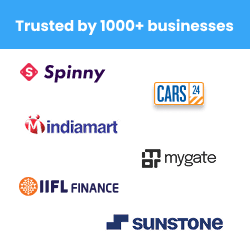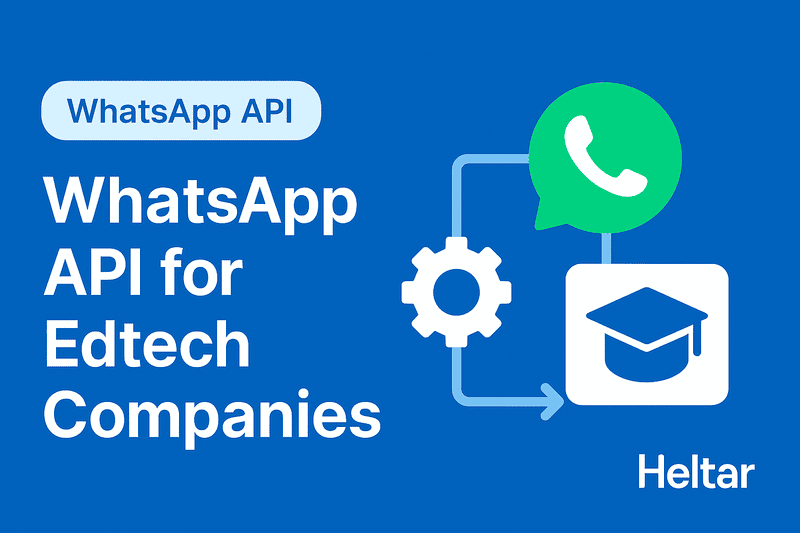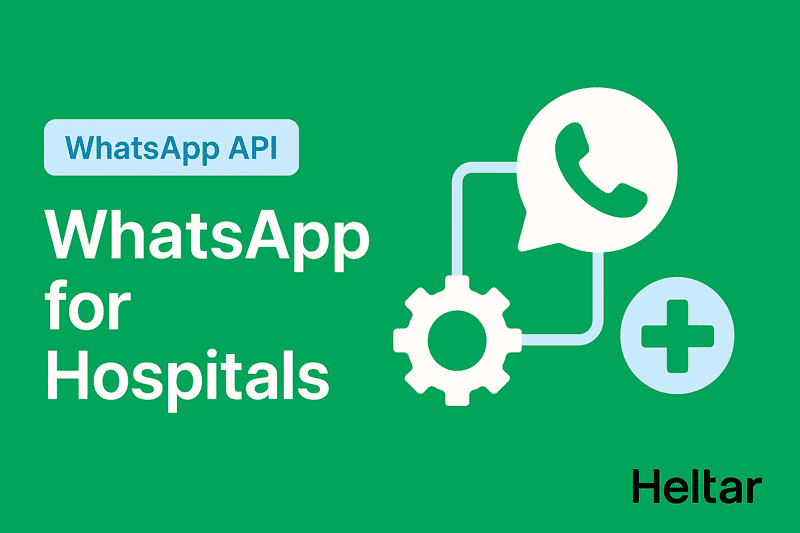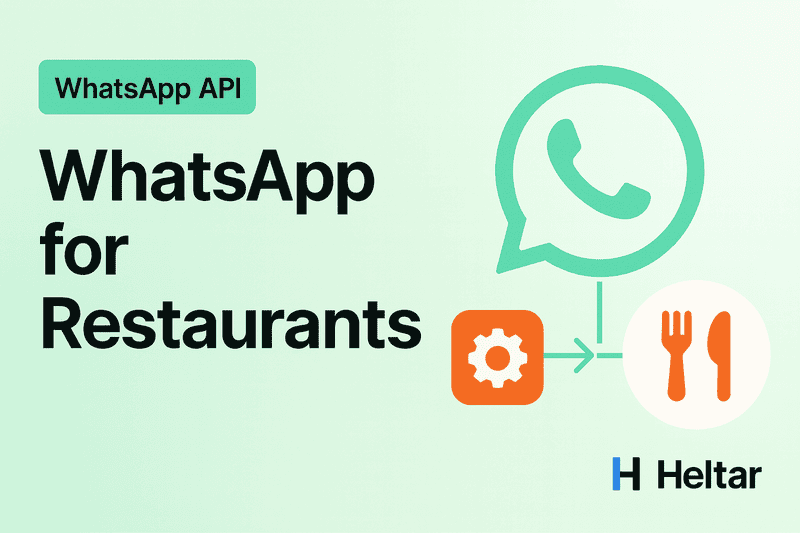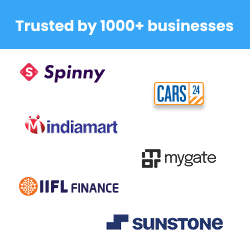Reaching hundreds or even thousands of customers over calls can be a painful process when done manually. From uploading contact lists to tracking who picked up, who converted, and who needs a follow-up — it takes both time and effort.
With Heltar’s Voice Bot API, businesses can automate this entire process using Batch Calls. You simply upload your contacts, select an agent (the voice bot that will speak), and schedule the campaign. The system then handles the heavy lifting — dialing, connecting, logging, and reporting.
This guide walks you through the full process of creating and scheduling batch calls step by step.
Step 1: Prepare Your Contact List
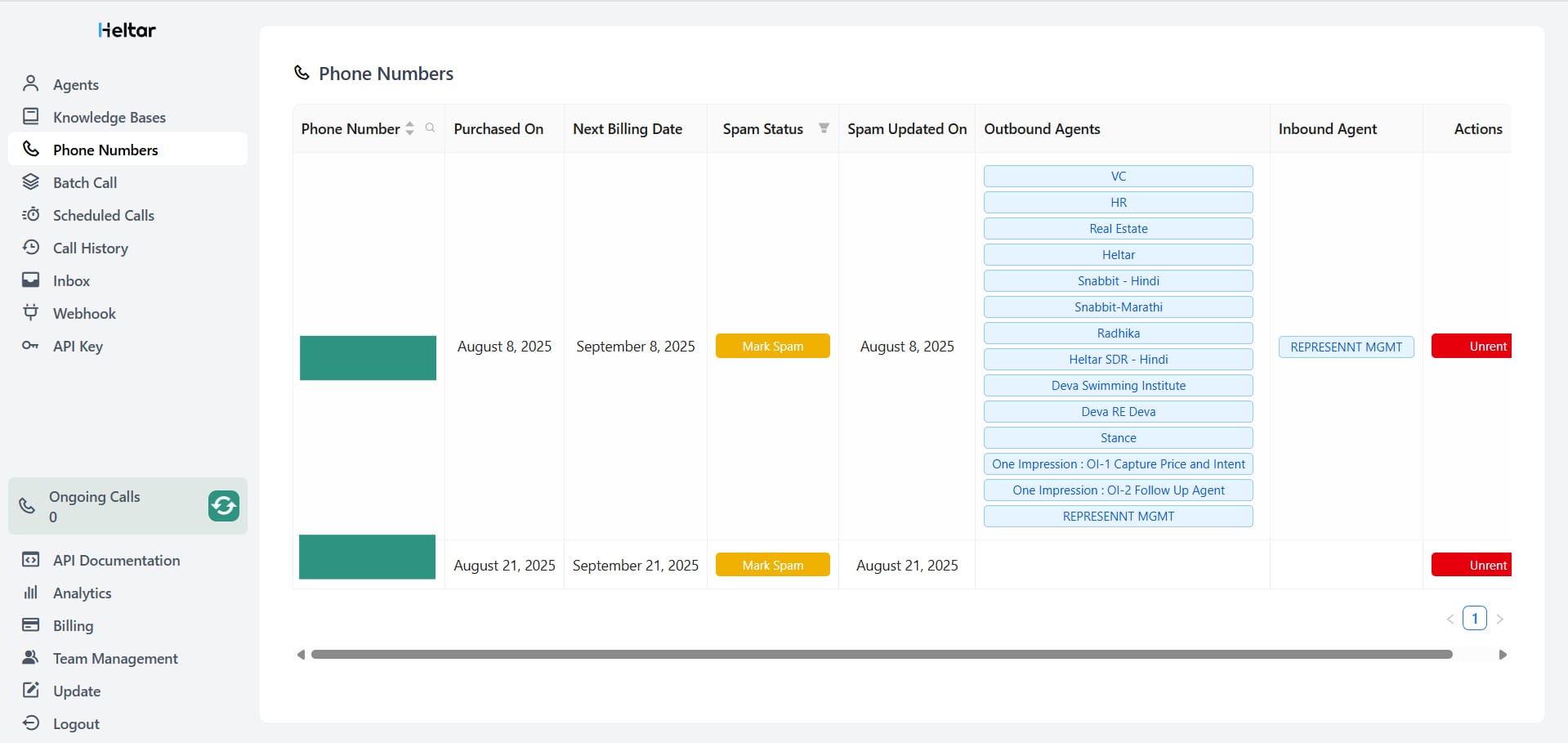
Before scheduling a batch call, you’ll need a list of contacts:
Save the numbers in the proper E.164 format (for India, that means adding “91” before the number).
Add any extra fields you want to personalize calls with, such as name, order ID, city, or appointment date.
Download Heltar’s CSV template from the Batch Call section to ensure you use the right format.
Once ready, keep your CSV file handy — this is the list you’ll upload into the system.
Step 2: Create a Batch Call
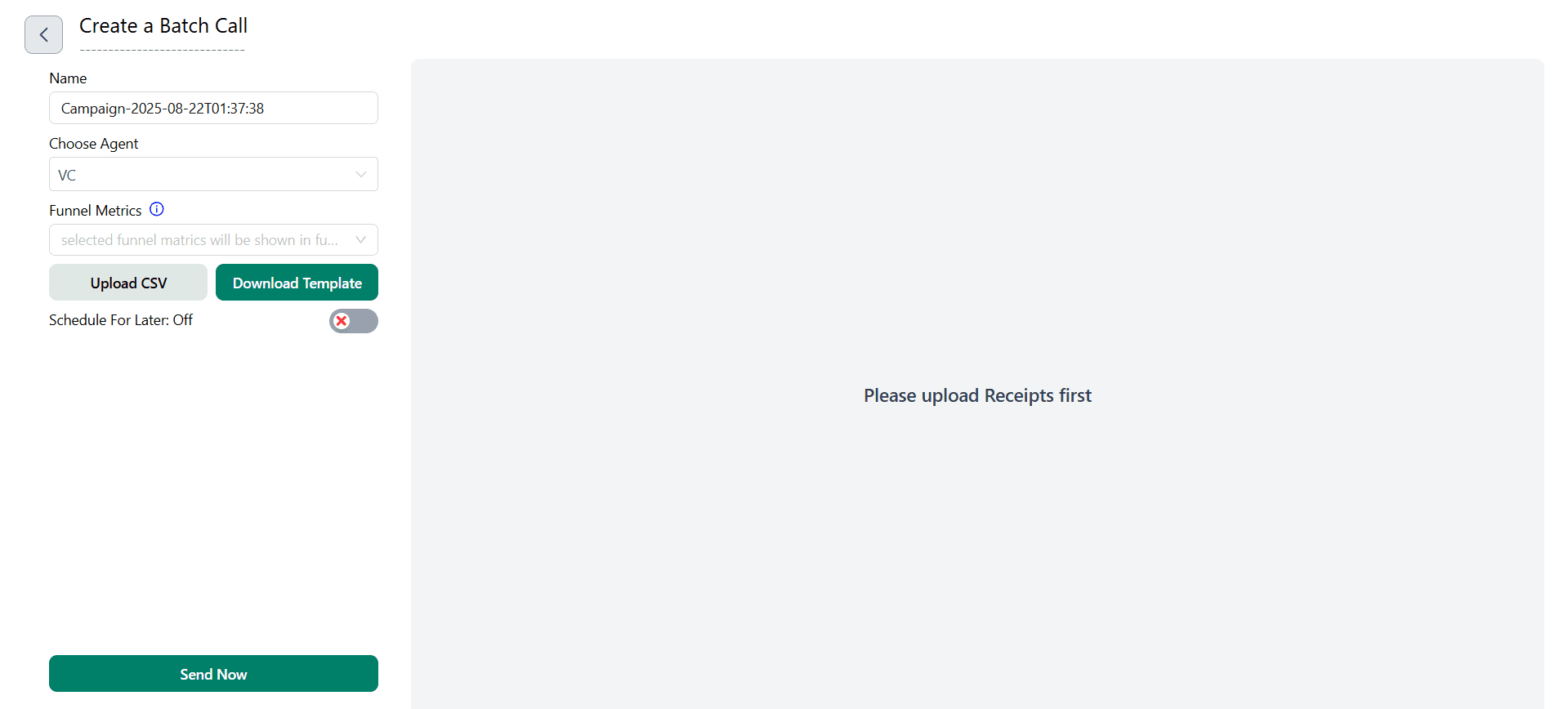
Head to the Batch Call tab on the Heltar dashboard and click Create Batch Call. You’ll now see a setup form where you define the campaign.
Here’s what you’ll fill in:
Name: Give your campaign a name. For example, “August EMI Reminders” or “Product Demo Calls”.
Choose Agent: Select which agent (voice bot) will handle the calls. Each agent has its own voice, language, and script, so pick the one best suited for this campaign.
Funnel Metrics: Choose the outcomes you want to measure — connected calls, converted calls, or specific responses.
Upload CSV: Upload the contact list you prepared earlier.
Schedule For Later: Toggle this option on if you want to schedule calls for a specific date and time instead of sending them immediately.
Click Send Now if you’re ready to launch, or pick a future time if you want the campaign to go out later.
Step 3: Manage Scheduled Calls

If you’ve scheduled your campaign for later, go to the Scheduled Calls tab. Here you’ll see:
Job ID and Schedule ID for tracking
Agent assigned to the batch
To Number (or group of numbers in the CSV)
Scheduled At time
Metadata with extra details
This acts like a queue. You can double-check that everything looks correct before the campaign runs.
Step 4: Monitor Call Performance
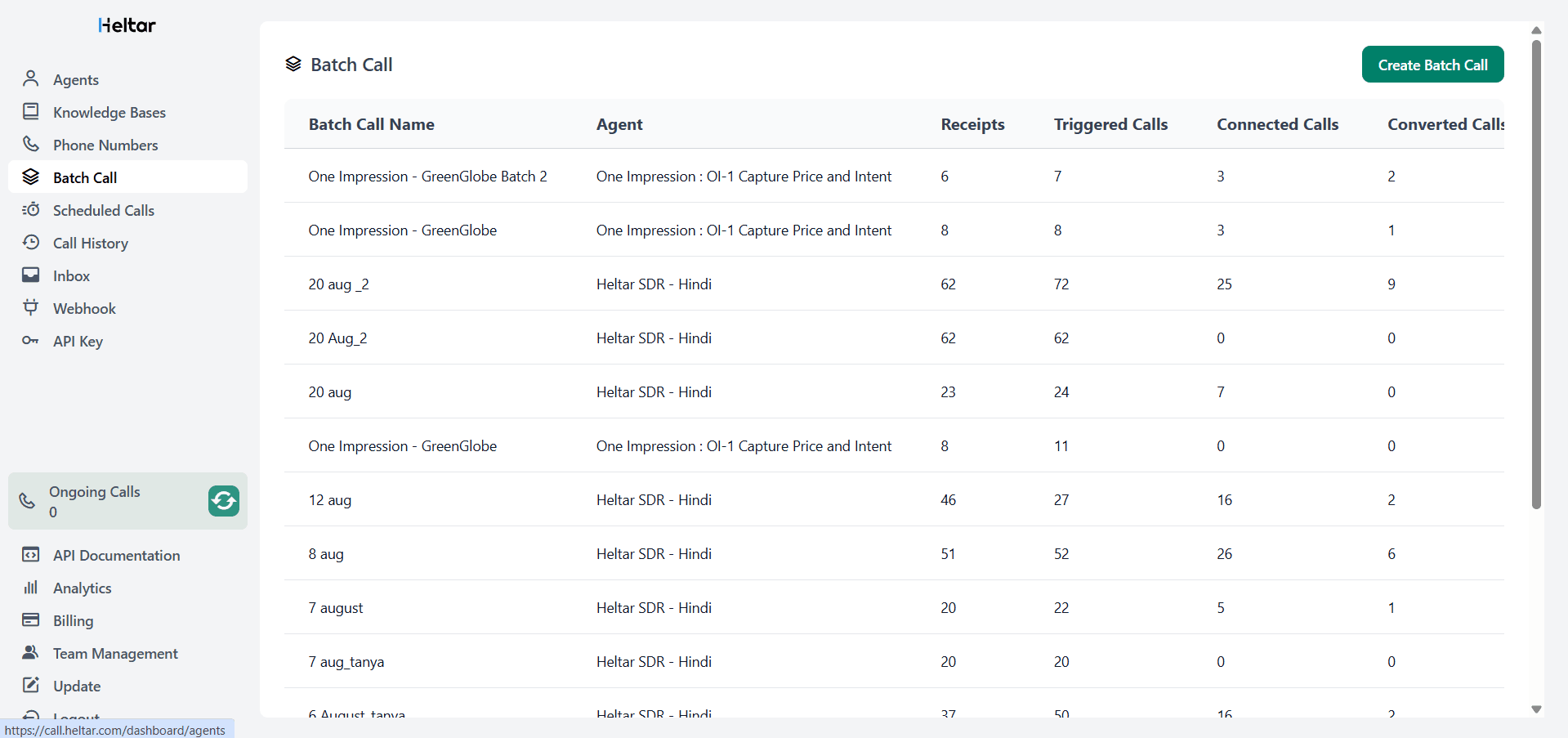
Once your batch call goes live, Heltar starts logging performance in real-time. In the Batch Call section, you’ll see clear funnel metrics:
Receipts: Total numbers from your CSV.
Triggered Calls: How many calls the system attempted.
Connected Calls: How many were actually answered.
Converted Calls: How many met your defined success goal (e.g., payment confirmed, appointment booked).
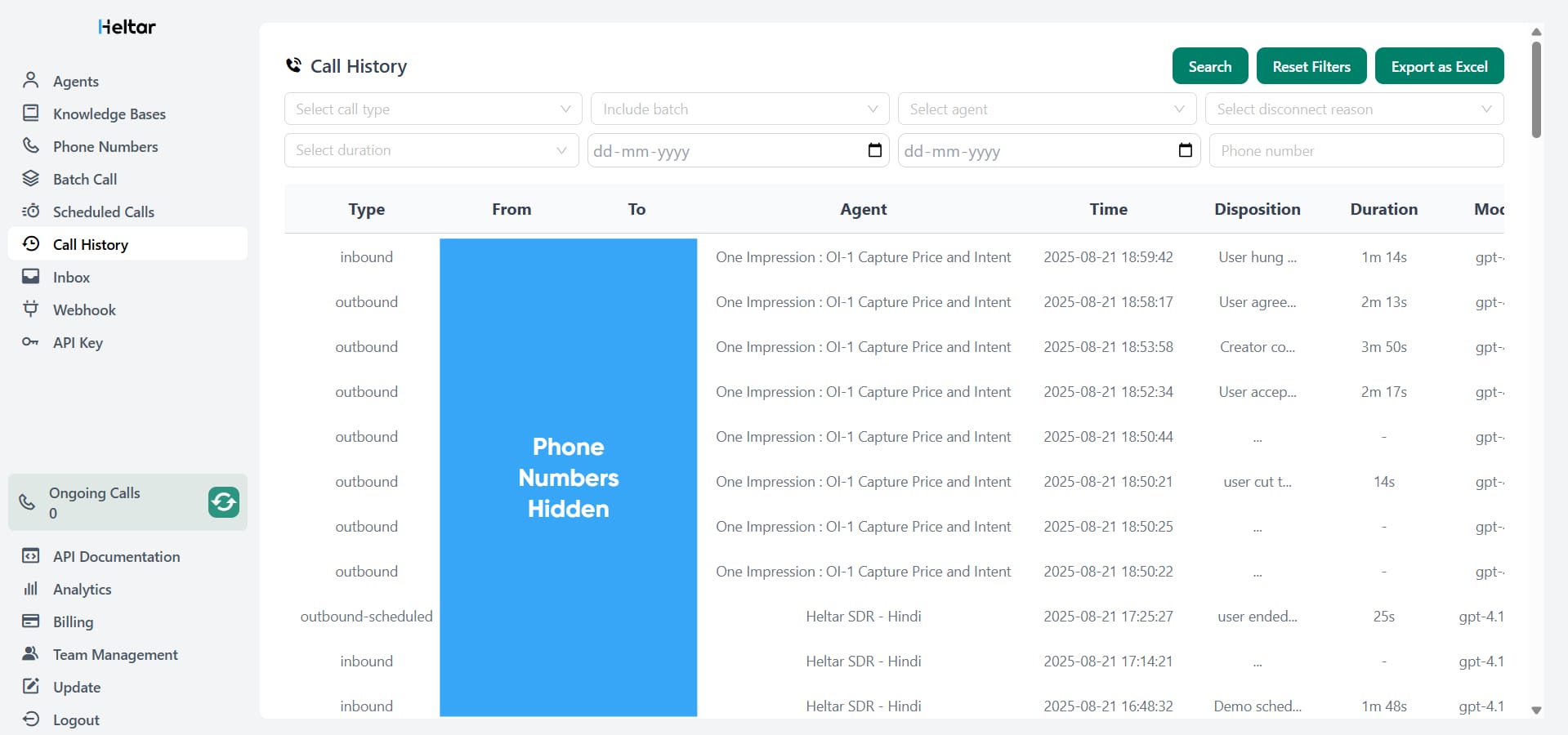
For deeper insights, switch to Call History. Here, you can filter calls by:
Type (inbound, outbound, scheduled, API)
Duration (short calls vs long calls)
Disconnect reason (user hung up, voicemail, unavailable, invalid number)
Agent name and date range
You can also export the full call log into Excel for further analysis or reporting.
Step 5: Improve Future Campaigns
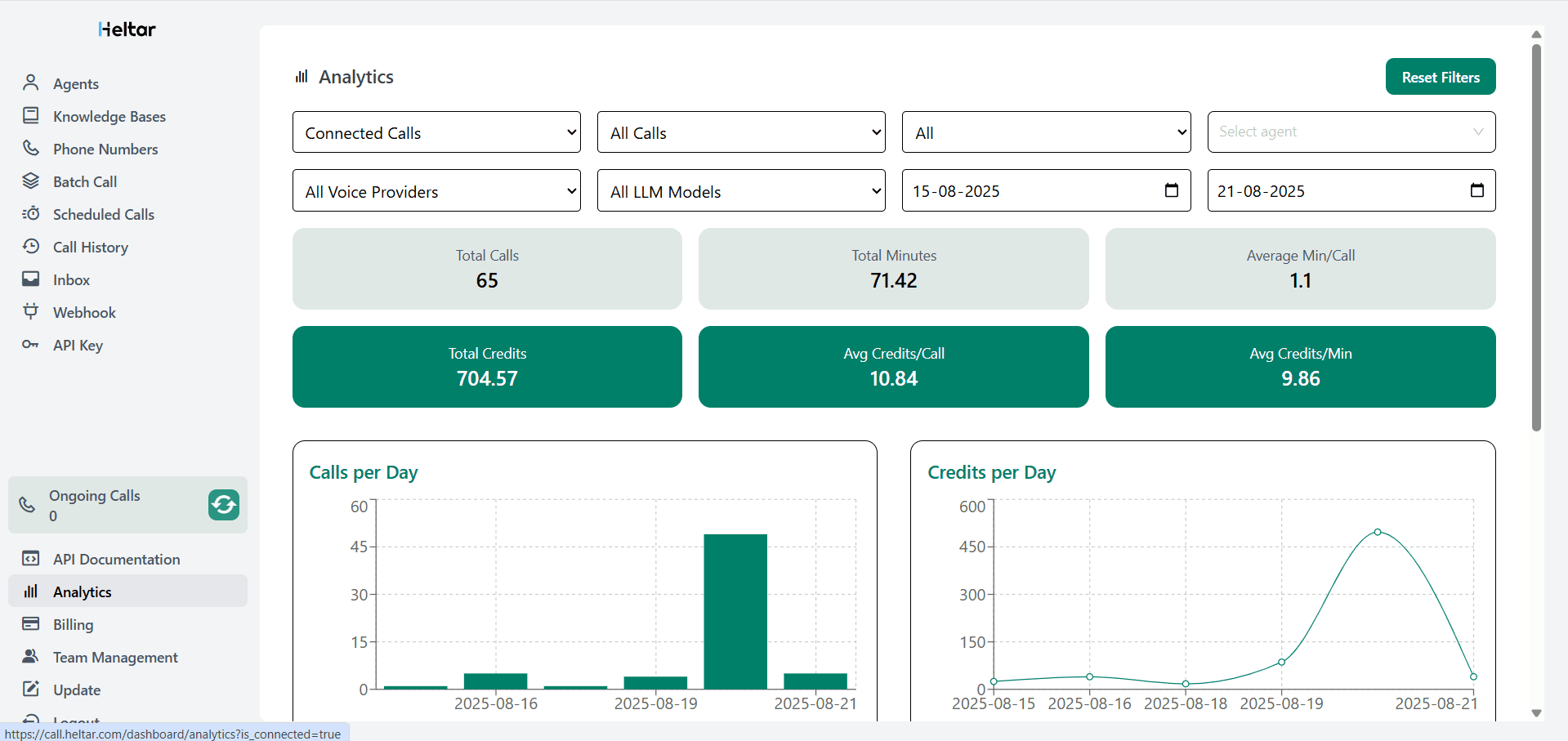
The real power of scheduling batch calls lies in iteration. By studying funnel results and call history, you can:
Identify which time slots deliver better connection rates.
Spot frequent disconnect reasons to fix scripts or call handling.
Compare conversion rates across different agents or voice styles.
Clean your contact list by filtering out invalid numbers.
This cycle makes each new batch smarter and more effective than the last.
Why Businesses Use Scheduled Batch Calls?
Efficiency: Launch thousands of calls in minutes without manual dialing.
Personalization: Use variables like customer name or order ID in scripts.
Scalability: Handle customer engagement at scale without adding headcount.
Control: Schedule calls for the exact time customers are most likely to answer.
Reporting: Get clear funnel metrics and detailed call logs to prove ROI.
Contact us if this is what your business needs!

Scheduling batch calls with Heltar’s WhatsApp Voice Bot API is as simple as uploading a list, choosing an agent, and setting a time. From reminders and lead qualification to surveys and event invites, businesses can now run high-volume calling campaigns without lifting the phone themselves.
The best part? Every outcome — whether connected, missed, or converted — is tracked automatically, so you know exactly how your campaign performed.
With just a few clicks, what used to take hours of manual work can now be fully automated. Contact us today for a demo.
